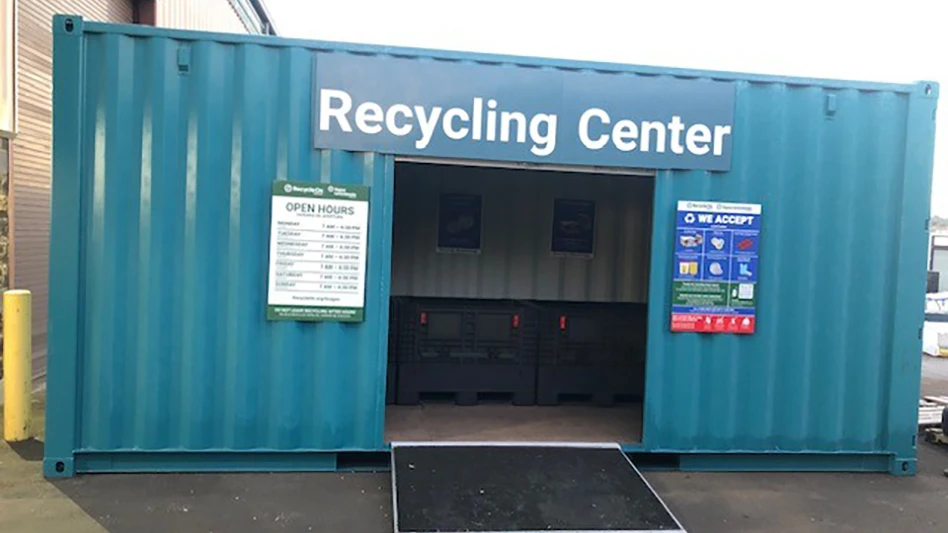
A combination of market incentives and regulatory mandates has steered the end-of-life vehicle (ELV) sector toward an emerging model of how to handle an obsolete car or light truck.
Speakers at the end-of-life vehicle session at the 2016 Recycling Confex Middle East, which took place in Dubai, United Arab Emirates (UAE), in early December, covered the depollution, dismantling, shredding and downstream recovery processes, each of which has established itself to varying degrees around the world.
Dr. Sayed Hussain, managing director of UAE-based Sayed Metal, said that while 68% of the average ELV consists of ferrous metal currently, the 9% average plastic and 8% average nonferrous shares are both likely to grow.
Processing ELVs for the secondary resources is only part of the story, said Hussain, who said that “good recycling” that involves properly handling the fluids, the lead-acid batteries and other potentially hazardous materials can add 90% to the processing cost. In some parts of the world, said Hussain, “informal” recyclers do not follow these procedures and thus “multiply their profits by 200%” while causing harm to workers and the environment.
Joachim Vogt of Germany-based Recycling Partners described some of the depollution and dismantling technology supplied by manufacturers in Europe designed to address the initial ELV handing stages.
He said a “pre-station” typically includes a means of recording the vehicle’s registration, information, followed by the removal of the valuable aluminum wheels and the lead-acid battery, which both has value and is hazardous. Vogt said wiring harnesses and other copper-bearing wires are now also commonly removed at this stage.
In the next stage, fluids are drained and stored and the dismantling of the vehicle to harvest, track and warehouse saleable components takes place. He said the systems supplied by Recycling Partners are scalable from for ELV recyclers handling “from 500 to 50,000 vehicles per year.” Vogt also indicated that Recycling Partners is seeking a distributor for the Middle East region.
Heiner Guschall of Germany-based Sicon GmbH said on the auto shredding front, larger 200,000-to-300,000 tonnes per year shredders “are out” as many processors are instead seeking systems that shred from 35 to 60 tonnes per hour and that can be purchased for from €2 million to €3 million ($2.08 million to $3.13 million).
Guschall said vendors like Sicon focus on the 20% to 25% auto shredder residue (ASR) that consists of shredder material not harvested by the initial set of magnets. Optimal separation is vital at all stages, however, said Guschall, since steel mills do not want copper as part of the ferrous shred they are buying. “It is a significant problem today,” he said of copper content in ferrous shred.
Each fraction of the ASR, including the plastics, “needs to be separated into final products for an economic recovery” of the material, said Guschall, who indicated that Sicon is one of the vendors continuing to conduct research toward this goal.
The 2016 Recycling Confex Middle East was 5-6 December at the Hyatt Regency Dubai.
Latest from Recycling Today
- US Steel to restart Illinois blast furnace
- AISI, Aluminum Association cite USMCA triangular trading concerns
- Nucor names new president
- DOE rare earths funding is open to recyclers
- Design for Recycling Resolution introduced
- PetStar PET recycling plant expands
- Iron Bull addresses scrap handling needs with custom hoppers
- REgroup, CP Group to build advanced MRF in Nova Scotia





